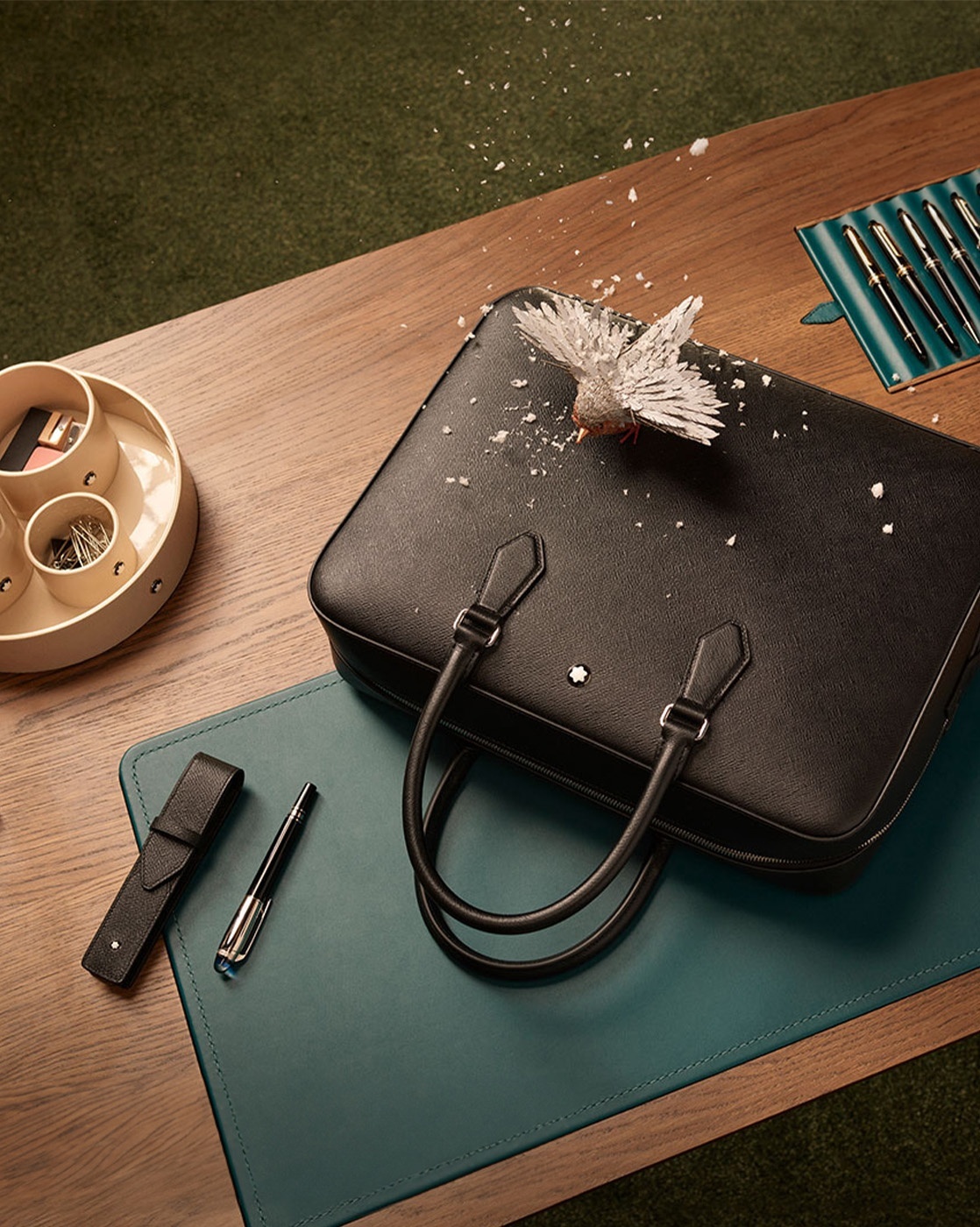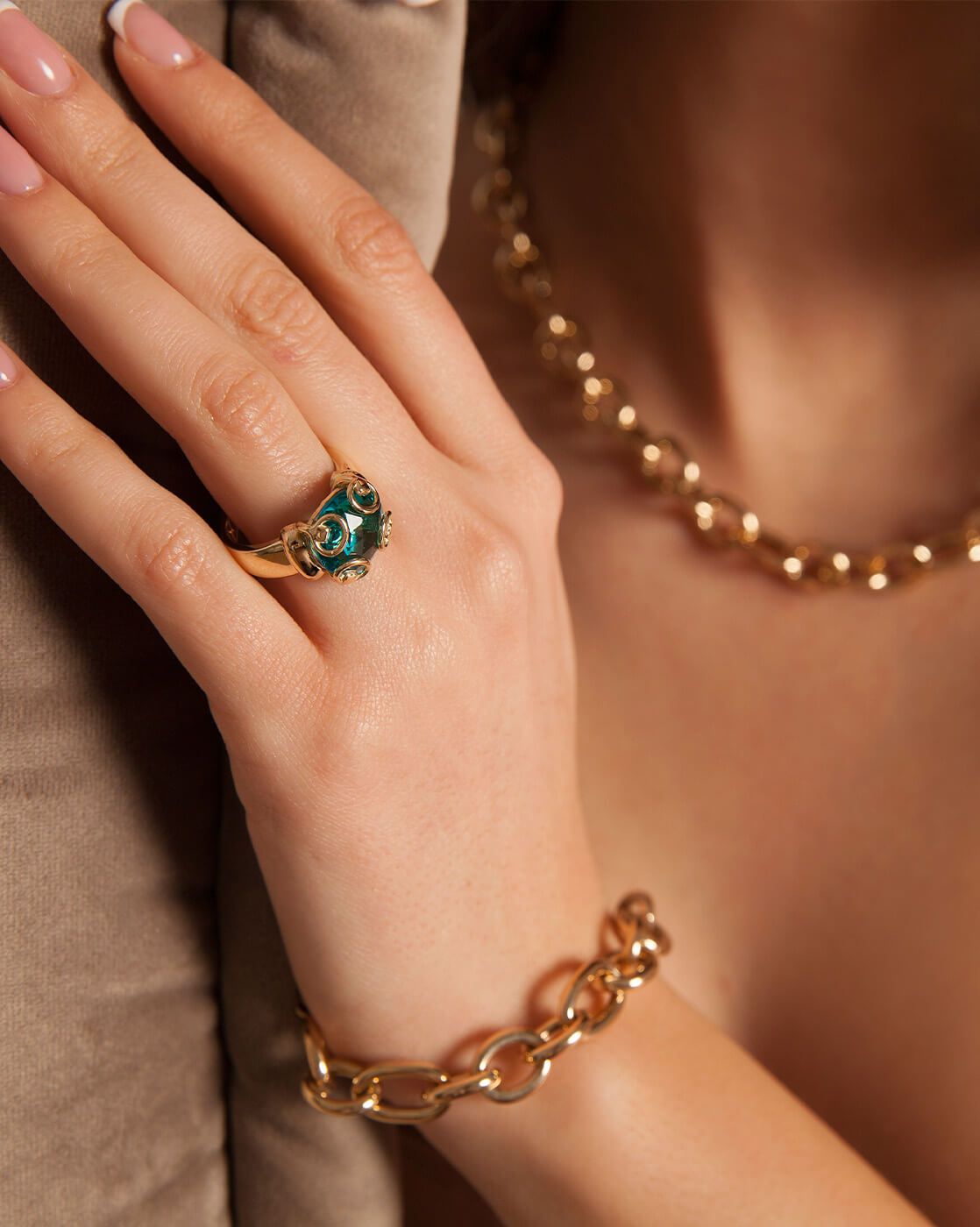What Causes Amblyopia?
A number of things can interfere with normal brain–eye connections and lead to amblyopia:
• Strabismus or crossed eyes
• Shortsightedness or Myopia
• Far Sightedness or Hyperopia
• Astigmatism
• Anisometropia when one eye sees more clearly than the other.
• Strabismus: One of the most common problems is strabismus. In this condition, one or both eyes wander in, out, up, or down. When eyes don't line up together, the straight or straighter eye becomes more dominant. The vision strength of the straight eye stays normal because the eye and its connection to the brain are working normally. The misaligned or weaker eye, though, doesn't focus properly and the brain ignores its signal, eventually leading to Amblyopia.
Signs And Symptoms Of Amblyopia
Most children with Amblyopia won't complain of vision problems. Over time, they become used to having good vision in one eye and poor vision in the other.
Often, a parent or teacher might realize that a child is struggling with a vision problem — maybe noticing crossed eyes, frequent squinting, or tilting the head to see better. Some kids have poor depth perception and trouble seeing in three dimensions.
Regular vision screenings by health care providers are an important part of finding any problems in kids.











